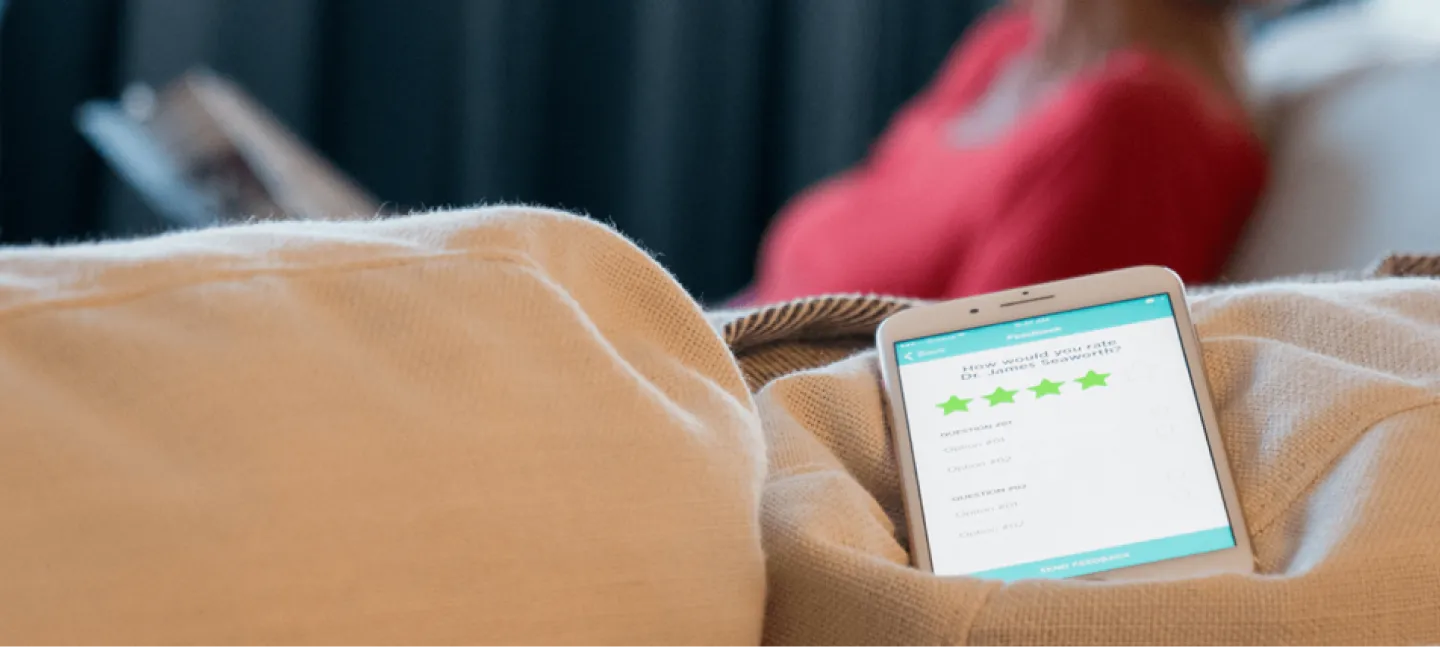Best Practices for Patient Scheduling
Patient scheduling is an art. On one hand, you want to maximize your care team’s productivity and see as many revenue-generating patients as possible. On the other hand, you want to avoid long patient wait times and keep patient satisfaction high by giving each the attention they deserve. How do you balance the two, seemingly competing interests? Here are some patient scheduling best practices to consider.
-
Get on the patient self-scheduling bandwagon.
By 2019, Accenture predicts that 38% of appointments will be self-scheduled. As patients are increasingly comfortable with apps and online portals, it makes sense to allow them to schedule their own appointments by providing a patient-friendly online scheduling system. Not only can this increase patient satisfaction, it allows your practice to reallocate some of the time front-office staff are currently spending scheduling, confirming, reminding, and re-scheduling appointments by phone.
-
Schedule appointments in consecutive blocks.
Many practices find that scheduling morning appointments from noon backward and afternoon appointments from noon forwards helps reduce the number of empty appointment slots throughout the day. Staff can use blocks of time that are not filled with appointments to catch up on documentation, hold team meetings or complete other administrative tasks. Scheduling appointments consecutively can also help reduce overhead costs as you may be able to have staff come in late or go home early on days with lighter appointment loads.
-
Implement an appointment reminder system.
Minimize the number of no-shows by using an automated system to text or call patients at set intervals before their appointment. Give your patients the ability to cancel or reschedule, up to a certain point, by responding directly to the reminder. It’s also important to remind them of your practice’s cancellation policy; if your practice collects a cancellation fee past a certain time, for example, make sure that policy is included in appointment reminders until the patient confirms their appointment. Good communication is a key component of patient satisfaction, and automated appointment reminders are one way to improve communication and reduce no-shows.
-
Use a patient waiting list to fill in late cancellations or no-shows.
Late cancellations and no-shows are inevitable. You can mitigate their negative effects, however, by maintaining a waiting list of patients who would like to get in earlier than their scheduled appointment. Even better, use a system that allows you to send out a mass text to your current patient wait list to notify them of availability and have them respond if they’d like to take the open appointment, or look for vendors that manage waiting lists automatically on your behalf. This eliminates the need to call patients one-by-one until the appointment is filled. Patients on the wait list will appreciate the follow-up, too.
-
Consider whether care needs to happen in-person
Some patient issues can be resolved over the phone or via email/a secure patient portal. Saving in-person appointments for patient issues that truly require face-to-face time with a provider is not only a time-saver for your practice, allowing you to fill your schedule with more revenue-producing appointments, it’s also a huge satisfier for your patients. If you can save them a drive and a wait in your office by answering a question over the phone or with a quick email, why not?
-
Collect data. Assess the data. Repeat.
If you are trying to minimize patient wait times while maximizing provider productivity, you need to understand where bottlenecks are happening, what types of appointments/patients simply require more time than you are allotting and identify other trends. Collecting baseline data for your practice will help you more objectively troubleshoot issues and set meaningful metrics you can work towards as a team. You may even want to experiment with having one staff member in the waiting room (instead of behind the front desk) to help patients that require more time.
-
Double book cautiously and strategically.
For the practice with more demand than the daily schedule allows, double booking is common. But the types of appointments you double book matter. A new patient visit and a walk-in, returning patient visit can typically be more easily handled at the same time than two new patient visits. With the new patient and walk-in, a nurse can complete the patient intake process for the new patient while the physician sees the walk-in, and then the physician can see the new patient once the intake process is complete.
-
Allow your care providers to work at the top of their scope.
While this may not seem related to scheduling, it can certainly help alleviate some scheduling issues. If your physicians often seem to struggle to stay afloat with their daily patient load, consider whether you are fully utilizing the other members of your care team. Can a nurse review patient instructions at the end of a visit, for example, so a physician can move on to their next appointment?
The nature of the healthcare industry and human nature mean there will likely never be that magic, one-size-fits-all schedule that solves all your practice’s scheduling issues. Keeping the best practices mentioned above in mind when developing your patient schedules, however, can go a long way in maximizing productivity and minimizing wait times.
DUMMYTEXT
Sources:
- https://www.accenture.com/t20160129T210859__w__/us-en/_acnmedia/PDF-6/Accenture-Chart-Digital-Patient-Appointment-Self-Scheduling.pdf#zoom=50




